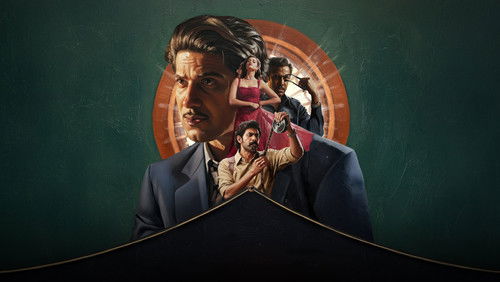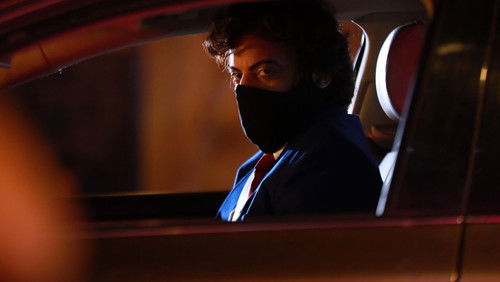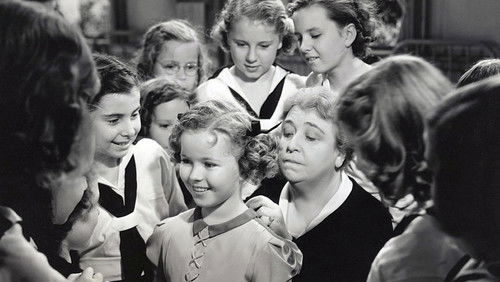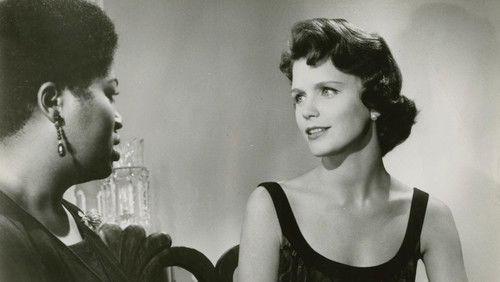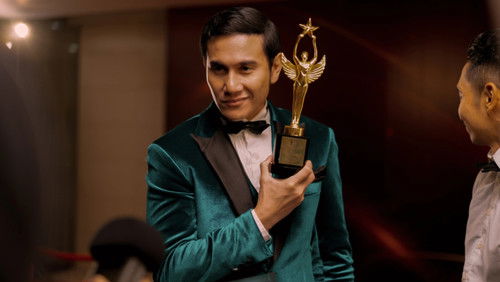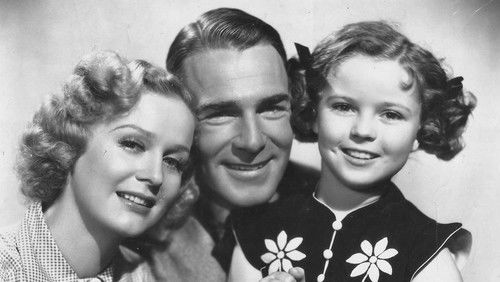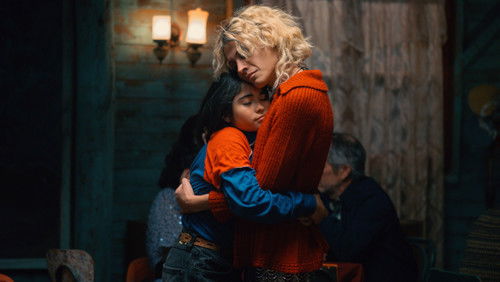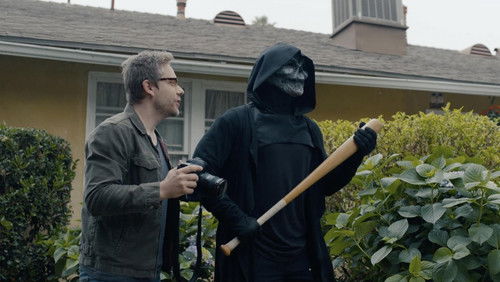Das Comeback (2005)
67KDas Comeback: Directed by Ron Howard. With Russell Crowe, Renée Zellweger, Paul Giamatti, Craig Bierko. The story of James J. Braddock, a supposedly washed-up boxer who came back to challenge for the heavyweight championship of the world.
“u0026quot;Cinderella Manu0026quot; deserves to be placed alongside other great biographical films dealing with the lives and times of great boxers. Such films include u0026quot;Raging Bull,u0026quot; u0026quot;The Joe Louis Story,u0026quot; u0026quot;Ali,u0026quot; u0026quot;The Hurricane,u0026quot; and u0026quot;Ring of Fire: The Emile Griffith Story.u0026quot; u003cbr/u003eu003cbr/u003eThese films share in common not just a documentary-like approach to boxing or a superficial biopic. They also portray the human side of a modern gladiator and the culture that produced him. In the case of u0026quot;Cinderella Man,u0026quot; we are given a detailed and heart-rending portrait of the Great Depression in American. The story of the gentleman pugilist James J. Braddock is the backdrop to the larger drama of Americansu0026#39; struggle in the 1930s.u003cbr/u003eu003cbr/u003eRussell Crowe provides a brilliant interpretation of Braddock, capturing the decency of a man whose career as a boxer would appear to have peaked at just the wrong time prior to the Crash of 1929. After that momentous event, Braddocku0026#39;s boxing went into decline just like the lives of millions of Americans. The scenes of Braddock and his family living in squalid conditions and with uncertainty about such basics as heat and electricity were carefully developed in the film. Renée Zellweger was outstanding as Mae, the caring but feisty wife of Braddock. Paul Giamatti was also excellent as Braddocku0026#39;s handler-manager, Joe Gould. Joe tries to keep up appearances by sporting fancy clothes. But in one revealing scene in the film when we see the interior of Joeu0026#39;s ostensibly swanky apartment, there is no fancy furniture other than a dowdy table and some flimsy deck chairs. Everyone is reeling from the Depression. In the depiction of the massive unemployment, the u0026quot;Hoovervillesu0026quot; of the homeless residing in Central Park, and the desperate need for Americans for an optimistic icon like Braddock to raise their spirits, the film truly captured the tragedy of the Great American Depression.u003cbr/u003eu003cbr/u003eThe filmu0026#39;s director Ron Howard emphasized close-ups throughout the film with uneven results. In many of the boxing sequences, the close-ups and rapid editing made it difficult tell the fighters apart. The close-ups continued even into the domestic scenes and the outdoor sequences depicting Braddock working as a longshoreman. The filmu0026#39;s dark cinematography conveyed the bleakness of the Depression years, but it worked against bringing out the buoyant spirit of Braddock himself and the optimism that he instilled in others. As a director, Howardu0026#39;s strength is not in film artistry or technique. As apparent in this and other films, his gift lies in narrative storytelling and the development of dramatic character.u003cbr/u003eu003cbr/u003eIndeed, the characters and the story were the strong points of u0026quot;Cinderella Man.u0026quot; Much credit should go to Cliff Hollingsworth for a screenplay that included thoughtful dialogue, humor, and multi-dimensional characters. Daniel Orlandi also merits praise for the brilliant costumes that helped to recreate the period of the early 1930s.u003cbr/u003eu003cbr/u003eBut the heart of this film experience is Russell Croweu0026#39;s screen portrayal of Braddock. It was the colorful sportswriter and raconteur Damon Runyan who coined the nickname of u0026quot;Cinderella Manu0026quot; for Braddock. However, the real James J. Braddock was more than lucky. It was his strength of character in and out of the ring that captivated America. One of the most moving scenes of the film was a heated argument between Braddock and his wife Mae where Braddock insists that even in the most difficult of times, he would refuse to be separated from his children. As a boxer, he was fearless. But he demonstrated even more courage in fighting for family valuesa lesson from which we can learn a great deal today in reflecting on this sensitive film.”
